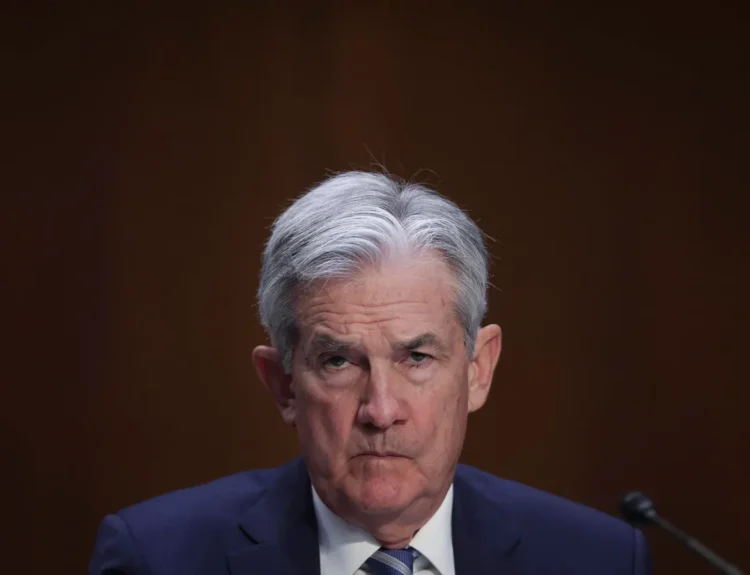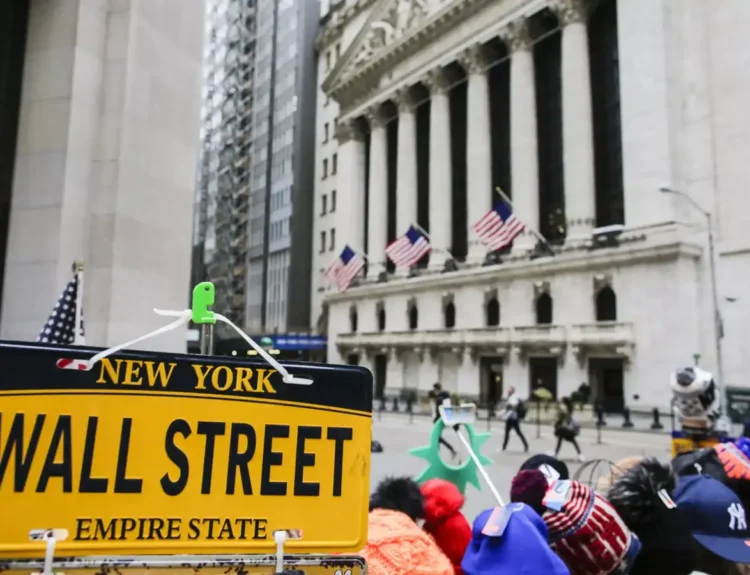- NFP: 142k (exp. 160k, prev. revised 89k)
- Unemployment rate: 4.2% (exp. 4.2%, prev. 4.3%)
- Earnings M/M: 0.4% (exp. 0.3%, prev. revised -0.1%)
- Earnings Y/Y: 3.8% (exp. 3.7%, prev. 3.6%)
In August, U.S. employment grew by 142,000 jobs, missing the expected 160,000. The unemployment rate dropped slightly to 4.2%, but downward revisions for June and July — reducing job growth by 86,000 — raised concerns. Solid wage growth and steady demand in sectors like construction and healthcare helped offset some economic worries, but overall momentum in the labour market has slowed. The Fed is now expected to cut rates by 25 basis points in its upcoming policy meeting.


U.S. Employment: Market Impact
- Stocks: The S&P 500 fell by 1.5%, and the tech-heavy Nasdaq 100 dropped by 2.3%.
- Dollar: Slight gains against other currencies amid volatile trading.
- Treasury Yields: U.S. 10-year Treasury yields rose to 3.65%, reversing earlier losses.
- Fed Response: Rate cut expectations increased to a 75% chance of a 25bps cut in September.


Key Sector Data:
- Construction: 34,000 new jobs, led by heavy engineering and trade contractors.
- Healthcare: Increased by 31,000 jobs.
- Retail: Lost 11,100 jobs, reflecting weaker demand.
- Manufacturing: Declined by 24,000 jobs, further indicating a cooling economy.
- Government: Added 24,000 jobs, offsetting some private sector losses.
Despite the slower job growth, wage increases (0.4% month-on-month, 3.8% year-on-year) and a rebound in workweek hours suggest continued consumer spending, which could help stave off a recession in the short term.
Fed Response and Economic Outlook:
The weaker-than-expected job numbers and rising recession fears may prompt the Federal Reserve to cut rates by 25bps in the coming weeks, as higher borrowing costs weigh on the economy. Fed Governor Christopher Waller hinted that the central bank is ready for cuts, though larger reductions remain possible if economic data worsens.
However, some analysts like Alianza’s Mohamed El-Erian argue the job report isn’t dire enough to signal an imminent recession, stating that the U.S. economy could still avoid a downturn.










